6 Ducks With Blue Heads
At first glance, ducks may all seem to share the same calm, earthy tones — shades of brown, gray, and green blending perfectly with ponds and marshes. But take a second look, and you’ll notice something truly dazzling: a few species whose heads shimmer with shades of blue. Whether it’s a soft slate hue or a glossy, metallic sheen, these blue-headed ducks add a touch of brilliance to the water’s edge.
While some ducks proudly display a clear blue tint that shines from every angle, others reveal the color only when the light hits just right — a subtle shimmer rather than a bold splash. Because of this, truly blue-headed ducks are far rarer than those with brown or black heads. Still, a few remarkable species stand out with this stunning hue, turning every glimpse into something special. Here are some of the most striking ducks known for the beautiful blue tones on their heads.
1. Blue-winged Teal
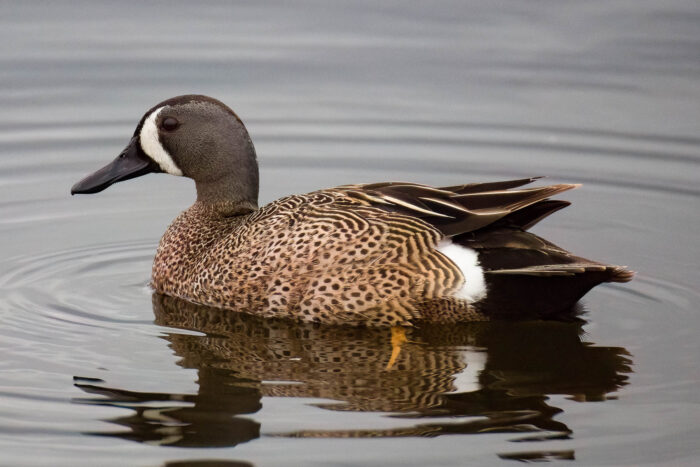
The Blue-winged Teal is one of the perfect examples of ducks with truly blue-toned heads. The male’s soft bluish-gray head, marked by a bright white crescent in front of the eye, gives him a smart and striking look that’s easy to recognize even from a distance. In flight, the Blue-winged Teal lives up to its name — the pale blue patches on its wings flash brightly against the sky. These small, graceful ducks prefer calm wetlands and shallow ponds, where they feed and rest quietly among reeds. The female wears a more modest brown pattern, but together they bring balance and charm to any wetland scene.
2. Blue-headed Mallards
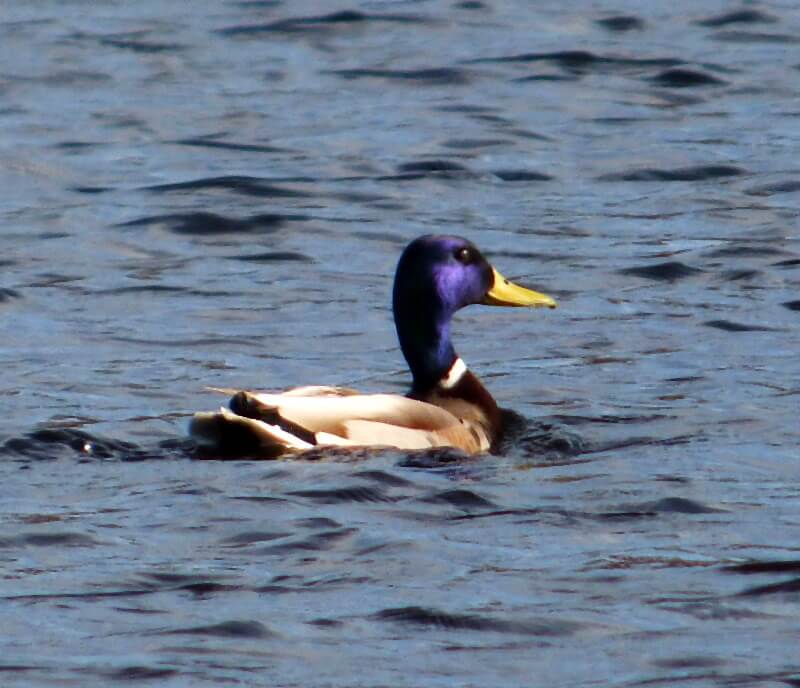
At first glance, these ducks look just like regular Mallards—the same familiar shape and yellow bill—but their heads are shimmering blue or purple instead of the usual green. What’s amazing is that the color stays blue from every angle, not just in sunlight! Birdwatchers all over North America have spotted these rare beauties. Most scientists believe the color difference comes from a genetic twist, making them a special find for anyone lucky enough to see one.
3. Lesser Scaup
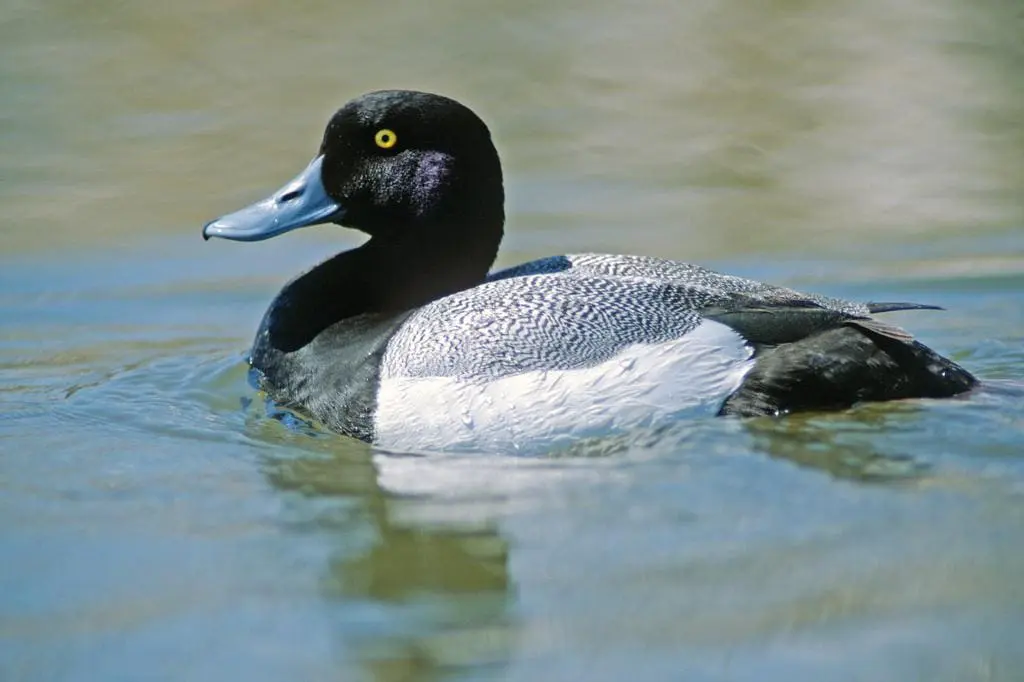
This diving duck has a dark head that glows blue or violet when sunlight hits it just right. The shine can shift as the bird moves—sometimes deep blue, sometimes purplish. Males have bright yellow eyes and a blue-gray bill that matches the tones on their heads. Lesser Scaups often gather in groups on lakes and ponds, diving below the surface to hunt for snails and insects.
4. Greater Scaup
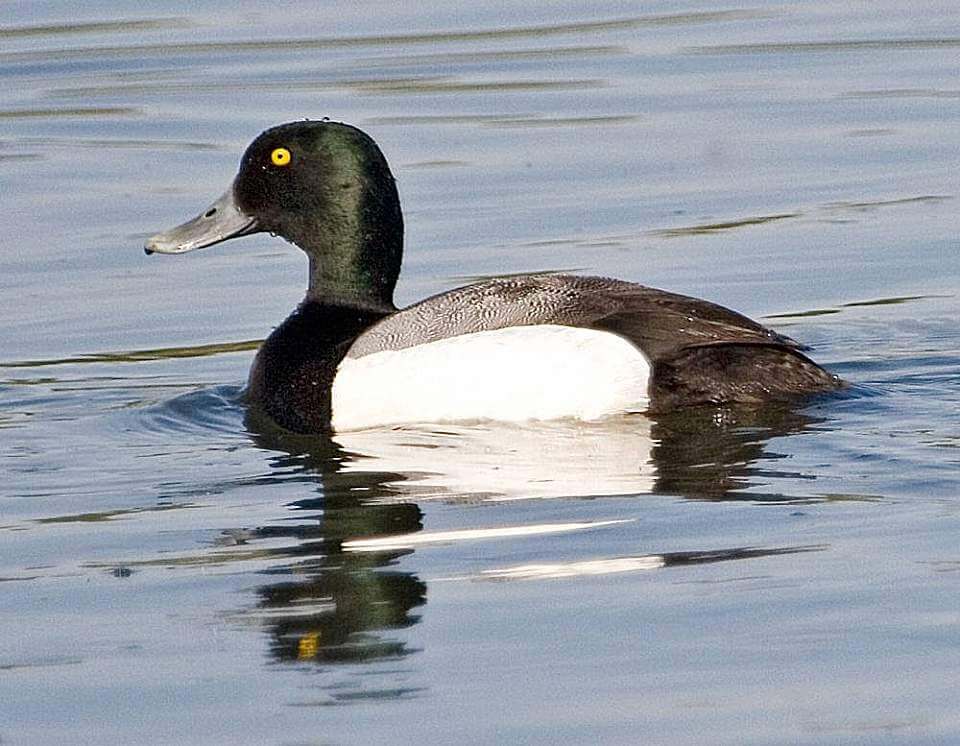
The Greater Scaup looks a lot like its smaller cousin, but with a rounder head and a slightly bulkier body. The male’s head shines with a glossy greenish-blue glow, especially under bright light. These ducks love the open water and are strong divers, often seen bobbing in flocks along coastal bays or large inland lakes. If you spot that gleaming blue-green head, you’ve found one of North America’s handsome sea ducks.
5. New Zealand Scaup
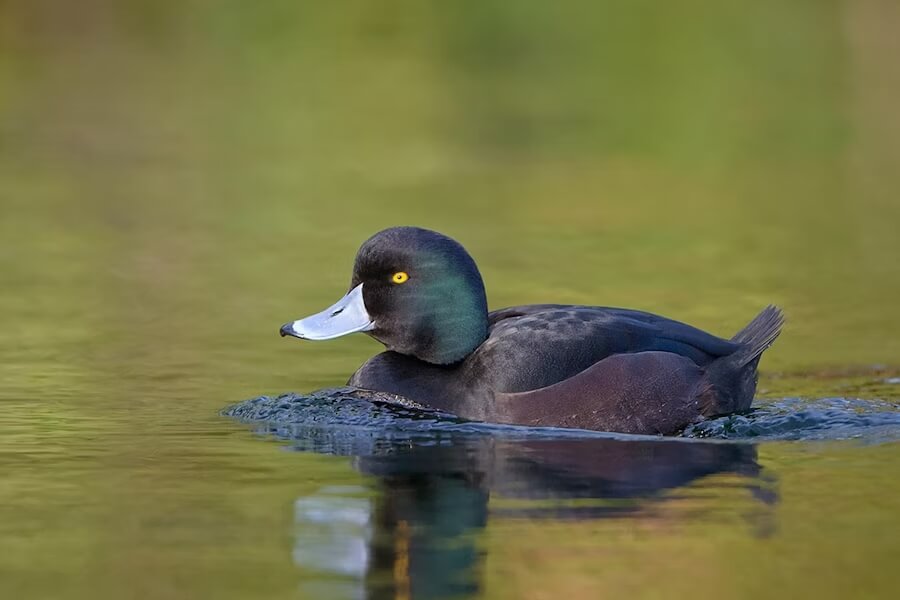
If you’re birdwatching in New Zealand, the New Zealand Scaup—also called the black teal—is a duck you won’t forget. Males have a dark, glossy head that can shimmer with hints of blue or green when the sunlight hits just right. The rest of their plumage is deep chocolate-brown to black, making that subtle blue sheen stand out even more. Females, on the other hand, are softer in color—mostly brown with a pale patch near the face during breeding season. These ducks are expert divers and spend much of their time underwater searching for plants and small aquatic creatures. You might spot them bobbing up on lakes, rivers, or sheltered ponds, often in groups.
6. Harlequin Duck
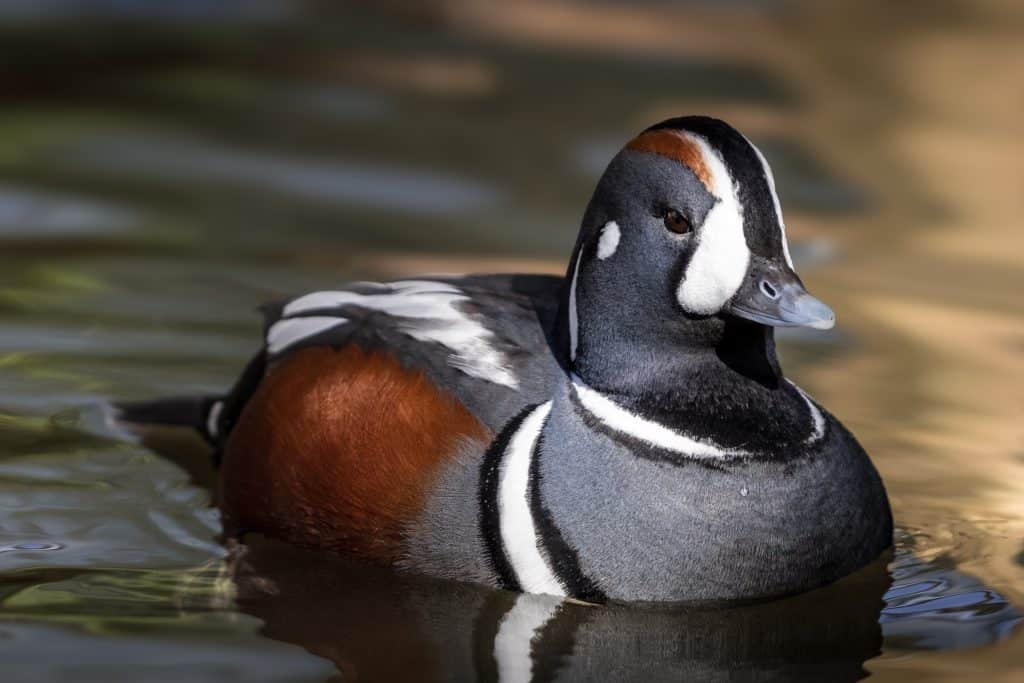
The Harlequin Duck is a real showstopper among ducks with blue heads. The male’s head and neck are a rich slate-blue, decorated with bold white patches and chestnut streaks that look hand-painted. Their blue tones shine beautifully against the contrast of white crescents and black outlines, especially when sunlight glints off their feathers. Females are more modest in color, wearing shades of brown with a few white spots on the head, but still charming in their own way. These sea ducks love rough coastal waters, fast streams, and rocky shores—places where few ducks dare to go.
